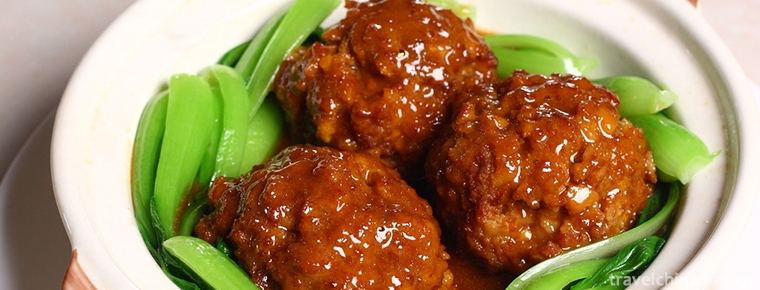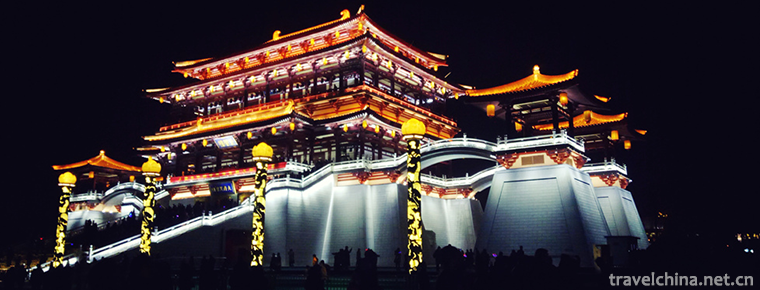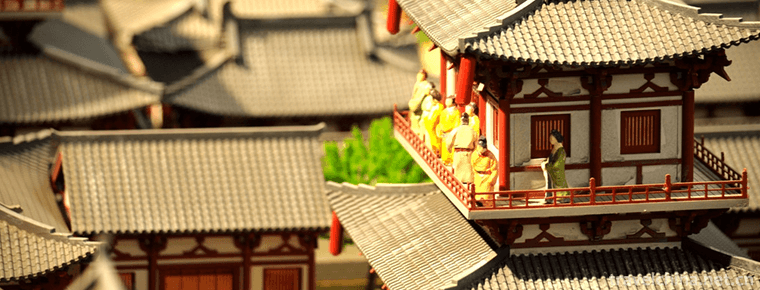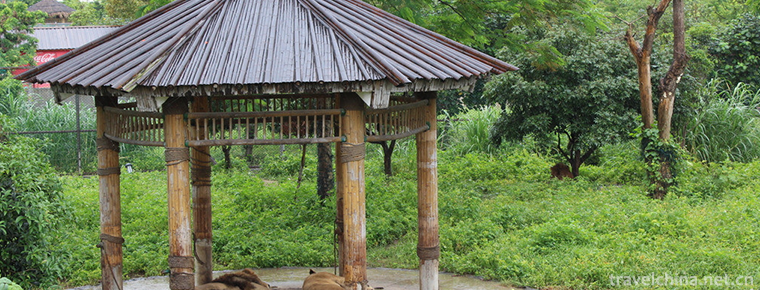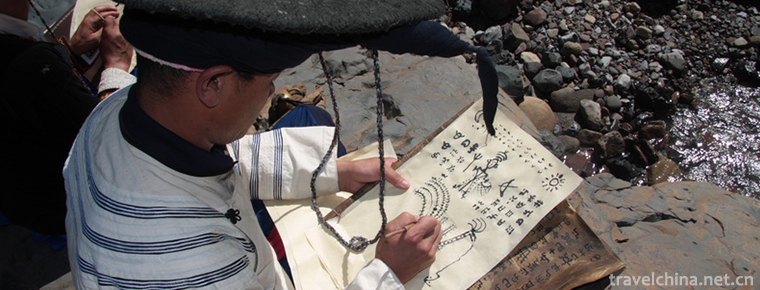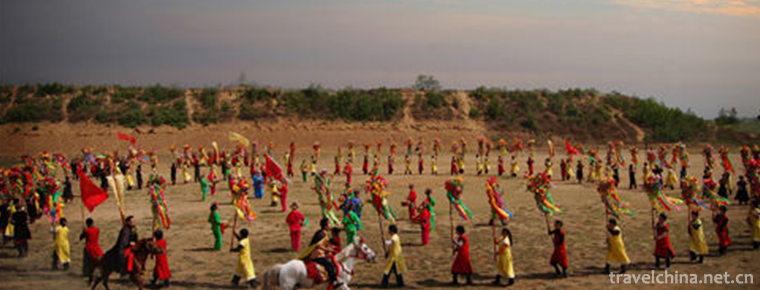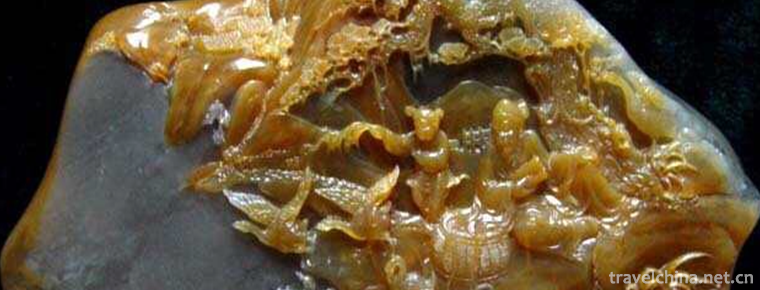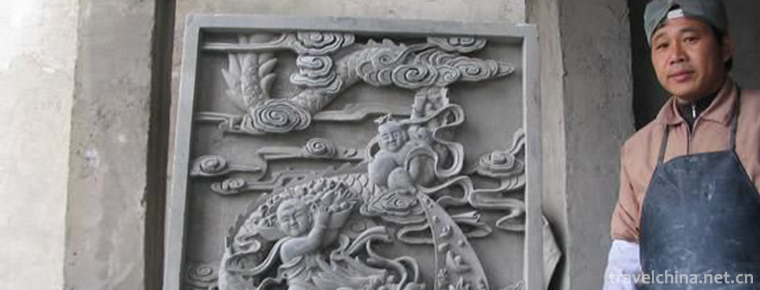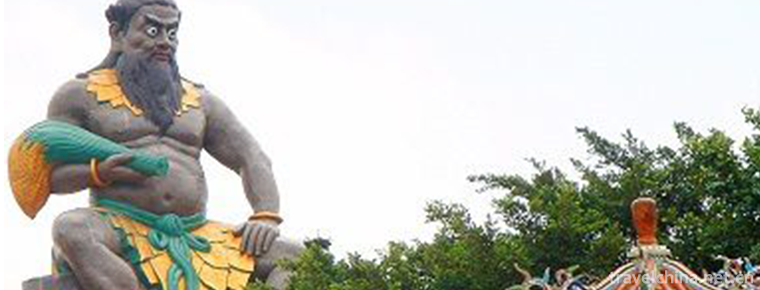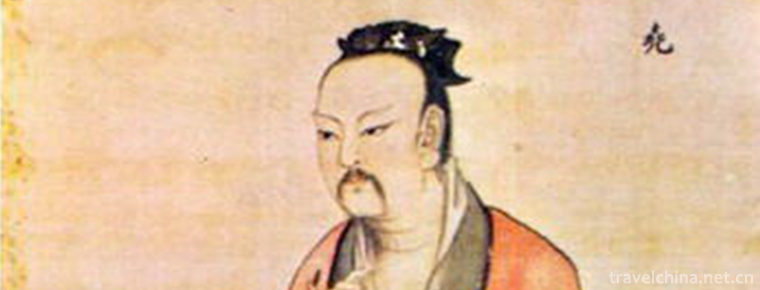Hui Heavy Knife Wushu
Hui Heavy Knife Wushu
Heavy knife is the original name of big knife. It is a traditional weapon around Beijing and Tianjin. It has a history of thousands of years in China. The original name of Jinmen Hui Dao is "Cao Men Dao Style". It is a set of Dao Style left over by Cao Jinzao, a great swordsman of Jinmen. After the enrichment and innovation of his son, Mr. Cao Keming, it has become a complete and unique set of Dao Style, which has been enriched and passed on in the family. It has a history of more than 100 years and has been passed on to the seventh generation.
On May 20, 2006, the heritage was approved by the State Council and listed in the first batch of national intangible cultural heritage list.
Tracing to the source
Tianjin Hui Dao became famous in the early years of Chengzu in Ming Dynasty. It is said that a Jinling Hui General of Zhu Di, king of Yan, used to fight with a 60-kilogram Dao. He traveled with Zhu Di to settle Tianjin in the northern expedition, and then moved his family to Tianjin, so he had the Cao Dao of Jinmen.
Tianjin Municipal Hui Dao Team is inherited by Mr. Cao Keming, a famous Hui Wushu master in Jinmen, who inherited the legacy of his father Cao Jinzao (1889-1966). It carries forward the spirit of strengthening the body and patriotism of Wushu. It has been excavated and sorted out on the basis of such Kungfu as Benmen Dao, Zheng, Baoshi and Quanshovel, and created the "Cao Men Dao Style", which has been handed down for more than five generations. It has a history of more than a hundred years now, and is in Jinmen Style. The altar is unique.
The performance tool used by the Jinshi Hui Dao Team weighs up to 80 kilograms and is also the heirloom of Cao Men. In the 7th National Minority Games, Tianjin delegation's Jinmen Hui broadsword performance caused a great sensation. "The knife dances like the wind, the knife falls silently, lifts the knife jacks, dances the knife featherlessly". These hymns vividly describe the charm of the Hui Dao in Jinmen.
Ten Hercules entered the hall with a knife of tens of kilograms and nearly one hundred kilograms. Accompanied by beautiful music, they performed various kinds of knife techniques that were dazzling, such as lifting, grasping, twisting, turning and throwing, lifting, necking, falling to the ground, flying back and splitting water. Each routine and action embodied the characteristics of combining rigidity with flexibility, movement and silence, and showed the national characteristics of the Hui compatriots'martial fitness. It fully embodies the nationality, tradition, skill and ornamentation.
Inheritance significance
The Hui Dao troop now has the Dao, Stone Horn, Stone Lock and Baoshi retained during the Qing Dynasty. One of them is the largest stone lock in the country, weighing up to 200 kg. Zhang Jinbiao, the first disciple of Cao Men, who can lift the stone with one arm, is the first-generation disciple of Cao Men. Among them, Baoshi is the top stone bestowed by the Qing Dynasty emperor, inscribed on the stone is the inscription of a golden bang, weighing more than 400 kg.
The purpose of "Cao Men Dao Style" is to carry forward the spirit of national Wushu, strengthen national unity, and practice Wushu fitness. In the past reports, we have achieved good results and won praise from people from all walks of life at home and abroad.
The state attaches great importance to the protection of intangible cultural heritage. On May 20, 2006, the intangible cultural heritage was approved by the State Council and listed in the first batch of national intangible cultural heritage list. On June 5, 2007, determined by the Ministry of Culture, Cao Shijie of Tianjin was the representative successor of this cultural heritage project, and was included in the list of 226 representative successors of the first batch of national intangible cultural heritage projects.
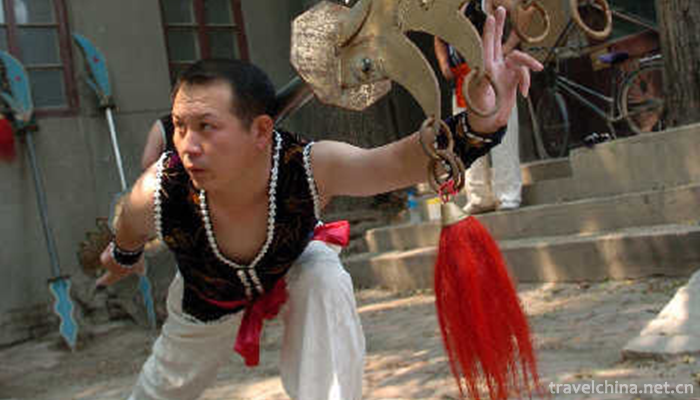
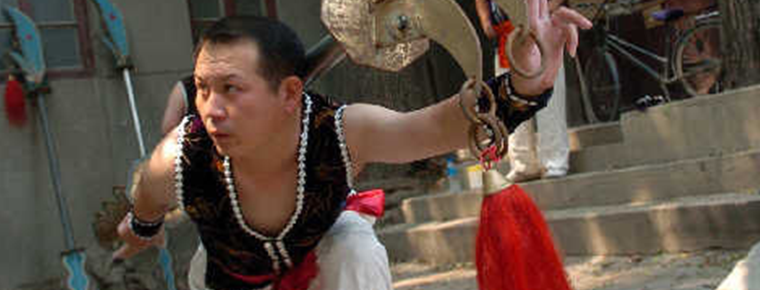
Hui Heavy Knife Wushu
-
Stewed Pork Ball in Brown Sauce
Lion head is a traditional dish in the Huaiyang cuisine of Yangzhou, Jiangsu, China. Legend has it that Lion's Head began in the Sui Dynasty
Views: 401 Time 2018-10-27 -
Dayan Pagoda Datang Furong Garden Scenic Area
The Furong Garden of the Tang Dynasty is located in Qujiang Development Zone in the south of Xi'an City, Shaanxi Province, on the southeast side of the Big Wild Goose Pagoda.
Views: 189 Time 2018-12-12 -
Guyuan Northern Dynasty Sui and Tang Dynasties Cemetery
The tombs of the Northern Dynasty and Sui and Tang Dynasties in Guyuan are located in Xiaomazhuang, Yangfang, Shengou, Dabao, Wanglioba, five natural villages in the West and south suburbs of Yuanzhou
Views: 132 Time 2019-01-12 -
Xiangshi Zoo
Xiangshi Zoo is invested and constructed by Dongguan Yuye World Industrial Investment Co., Ltd. The total investment of the project is estimated to be 350 million yuan.
Views: 166 Time 2019-02-25 -
Bemo painting
Bimo Painting of the Yi Nationality is a kind of picture on paper or animal skin, bark, bamboo slips, stone, wooden boards and other carriers painted by Bimo, a priest of the Yi Nationality.
Views: 275 Time 2019-04-04 -
Running curtain
Running curtain originated in the Spring and Autumn Period and Warring States Period, formed in the Qin and Han Dynasties, flourished in the Song, Yuan, Ming, Qing Dynasty and the early Republic of Ch
Views: 353 Time 2019-06-09 -
Shoushan stone carving
Shoushan Stone Carving is a traditional folk carving art. It is made of Shoushan Stone, which is produced in the northern mountain area of Fuzhou. It is a small carving for people to enjoy through spe
Views: 145 Time 2019-06-15 -
Production Techniques of Gold Bricks in Suzhou Royal Kiln
Royal kiln bricks production technology is complex, up to 20 processes, including the main processes of mud selection, mud drilling, billet making, kiln loading, firing, bass water, kiln out, grinding
Views: 184 Time 2019-06-17 -
Legend of Emperor Yan Shennong
Yan Emperor Shennong, one of the three emperors and five emperors, is one of the local folklores in Suizhou, Hubei Province, and is the national intangible cultural heritage. After Wa Fuxi, a stepdaug
Views: 222 Time 2019-07-10 -
Legend of Yao
The legend of Yao is one of the local folklores in Jiangxian County, Shanxi Province. Yao is the Saint King of ancient Chinese legend. It is said that later generations named him Tao Tang and surnamed
Views: 100 Time 2019-07-11 -
Huangjing Nature Reserve
This entry is lack of overview map, supplement the relevant content to make the entry more complete, but also quickly upgrade, come on!
Views: 326 Time 2020-10-16 -
Longchi National Forest Park
Longchi National Forest Park is located in Dujiangyan City, Sichuan Province. It is only 84 kilometers away from Chengdu and 30 kilometers away from Dujiangyan. It is one of the 20 key national forest parks in China.
Views: 235 Time 2020-11-05
